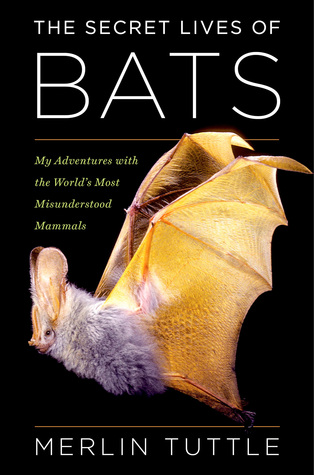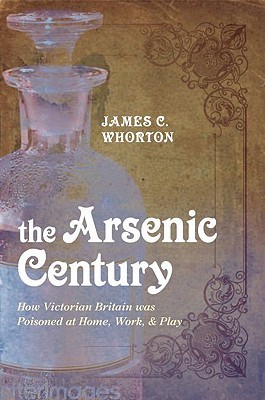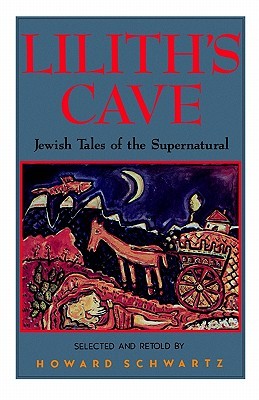The last Mask of the Rose update of the year is from our creative director, Emily Short.
Mask of the Rose doesn’t try to be true to the realities of Victorian London, and that’s not just because of the supernatural elements in the mix. The characters don’t speak in true Victorian diction: instead, they use language that sometimes suggests their setting, but is hopefully still familiar enough to players to feel comfortable. We didn’t want accuracy to come between players and a sense of connection.
And there are lots of things we left out of our world because they weren’t what the story is about. What happens if you move a city already suffering from severe sewage management issues into a dank, enclosed space? We probably don’t want to know.
How much food would you have to warehouse in order to feed this many people? We could come closer to answering that one, thanks to the monumental (and monumentally titled) contemporary volume The Food of London: A Sketch of the Chief Varieties, Sources of Supply, Probable Quantities, Modes of Arrival, Processes of Manufacture, Suspected Adulteration, and Machinery of Distribution, of the Food for a Community of Two Millions and a Half. Despite its helpful hint that London ate 80,000 tons of cabbage a year, we didn’t draw so much from the numbers in The Food of London, and took more of an interest in the “suspected adulteration” passages – which give fascinating anecdotal snippets about historical methods of culinary fraud.
Very often, what we were looking for was not rigorous accuracy or even plausibility. (This is a world full of Rubbery Men and talking crows. Plausibility departed long ago.)
Instead, we were looking for fitness and specificity. All these research materials, we used the way John McPhee is said to have used a Webster’s 1913 dictionary: as a treasury of images, incidents, and character observations more perfectly suited to the story we were telling than any we could think of on our own.
Here are a few of the more entertaining or surprising resources we found along the way.
Neathy Animals
We knew that bats – of several kinds – were going to have a starring presence in Mask of the Rose. After all, they did steal London. It was fascinating to learn more about how bats smell; how they hunt; what they eat; and how they mate (often upside down). The Secret Lives of Bats, by Merlin Tuttle is loaded with stories, images, and pro-bat advocacy.

Meanwhile, when we wanted to know how a rat population might react to a sudden change in the circumstances of the city, we listened to this podcast on Urban Rodentology with Allie Ward and Bobby Corrigan. The discussion that covers how rats in New York City reacted to Covid lockdown fed straight into Ferret’s dialogue. Or, from the same podcast, we also recommend this piece on Corvid Thanatology, which is to say, crow funerals.
London Subcultures and Daily Life
There are reference materials we’ve used to establish Fallen London for many years: Henry Mayhew’s London Labour and the London Poor is a classic. For Mask, we wanted some fresh inspiration and, especially, to look for cues that would set London of the 1860s apart from London of 1890-1900. London and Londoners in the 1850s and 1860s is a memoir by Alfred Rosling Bennett, made up of scattered memories from his childhood. It is full of details from exactly the era we want, and often evocative in a way that other histories might not be:
The coffins were covered with black cloth… a very familiar street sound in those days was the tack tack tack of the undertaker’s hammer as he nailed on the cloth in his shop. He did it with a kind of rhythm that rendered the process unmistakable.
Novels have been an important source as well. One of our favourites was Amy Levy’s Reuben Sachs, a beautifully observed story of life in a reasonably well-off Jewish family. It’s the sort of book that’s well worth reading whether or not you’re writing a game on related subjects.
Murder and Criminal Justice
Facts, Failures and Frauds: Revelations, Financial, Mercantile, Criminal, by David Morier Evans, offers some contemporary descriptions of inquests and investigations.
We also spent quite a bit of time with the records of criminal trials at the Old Bailey. This was often a depressing read: stories about real people committing murder are rarely as fun as a fictional mystery, and they often exposed poverty and desperation more than anything else.
But there are other surprises to be found in the recorded case testimony. One constable discovered a death in his neighbourhood because he habitually provided wake-up calls, knocking on the door at a time requested by the inhabitant – and he noticed when the person who lived in a house stopped putting a mark on his door indicating when he wanted to be woken. This sort of detail about how early constables interacted with the neighbourhood helped shape our concept of Harjit.
Of course, one can’t write a poisoning murder without some information on the relevant substances. There were a number of books that came in handy here, but especially The Arsenic Century: How Victorian Britain Was Poisoned At Home, Work, and Play. Read this, and you’ll wonder how any Londoners survived to become Edwardian.

Immigrants in London
Lady Login’s memoirs describe multiple places and situations with a bearing on Mask, from the voyage to India to details of childhood in early 19th century Scotland. They’re very much a product of their time, and the attitudes of their author come through in ways that don’t always flatter her – but the acute and specific observations were useful.
For Phoebe, the Irish housemaid, we drew quite a bit from Fin Dwyer’s Irish history podcast, which covers the great famine, the surrounding politics and culture, and the aftermath in detail.
This one isn’t a book or even a podcast, but Equiano Center’s map of Black Londoners shows the variety of Black stories in 19th century London. Horatia draws strands from several different historical figures, without being an exact match to any of them.
And though it isn’t a primary source or a piece of serious historical writing, Amitav Ghosh’s extensively-researched Sea of Poppies gave us a better sense of how the lascars of London’s docklands might act and speak.
How Characters Might Interpret the Neath
Lilith’s Cave: Jewish Tales of the Supernatural, by Howard Schwartz. We came to this book through the question “how would people steeped in Jewish traditions interpret the strange things they find in the Neath?” Fallen London for the most part labels things in the Neath based on a Christian cultural context. But would people with a different background see devils the same way? Understand death or ghosts in the same terms? Lilith’s Cave is a great book for dipping into, with stories that run just a few pages.

Meanwhile, our consultancy on Jewish Londoners suggested that we might want to learn more about Jewish messianic movements in order to understand how his contemporaries might have read David’s death and return. That led us to the Sabbatai Zevi series on the Seforimchatter podcast. Seforimchatter hosts long, academic discussions of books on Jewish thought and history, designed for a Jewish audience. There was far more here than we needed to know for Mask, but the conversations were so interesting that we found ourselves listening to further episodes in our spare time.
Models for Spoken Language
Not all research is setting research. When writing dialogue for a lot of characters, it can be helpful to look for speech models, just as an artist might use models and anatomical references even to draw an imaginary character.
For the different cadences of different speakers in Mask, we listened to samples from the BBC Voices project, a large collection of spoken dialects from around the British isles. And episodes of Rumpole of the Bailey helped us flesh out how characters would speak in a courtroom.
Writing Romance and Sex in Games
Writing for Mask also meant we needed to write a number of romantic and sexy scenes with our characters. This wasn’t new territory, but insight from other developers remains very useful.
Michelle Clough’s Passion and Play suggests a number of handy comparisons and examples from other games, and lays out a triad of approaches – sacred, mundane, profane – to describing physical intimacy as part of a relationship and character arc.
And quite a bit else.
Writing the characters and situations of Mask of the Rose took us through topics as varied as symptoms of agoraphobia; Anglican evensong liturgy, with particular attention to the assigned readings for early October of 1862; Sikh teachings on gender and sexuality; Parliamentary record-keeping; real-life personal accounts from people who had had family and loved ones go missing; Victorian Valentines; Georgian-era abolitionist movements; the identity and location of the oldest tree in London…